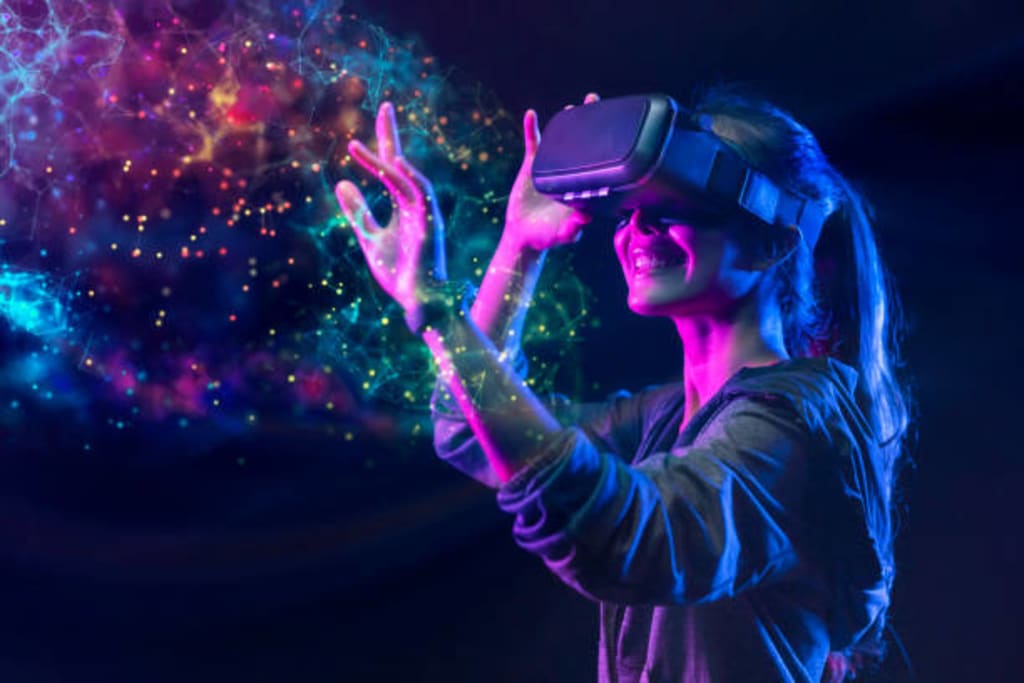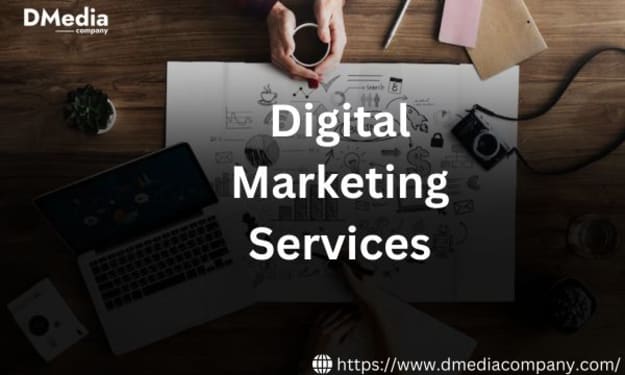Immersive Technologies: Shaping the Present and Future
Exploring the Boundless Potential and Practical Applications of Immersive Technologies

In the realm of digital technology, Virtual Reality (VR), Augmented Reality (AR), and Mixed Reality (MR) are among the most revolutionary advancements. These immersive technologies have redefined the way we interact with digital content, bridging the gap between the physical and virtual worlds. Let’s delve into each of these technologies, exploring their applications, potential impact, and future prospects.
Virtual Reality (VR): Immersion Redefined
VR transports users to entirely virtual environments, blocking out the physical world and replacing it with computer-generated simulations. Through specialized headsets and peripherals, users can explore and interact with these immersive worlds in a remarkably lifelike manner. Whether it’s diving into a virtual ocean, scaling mountains, or traversing distant planets, VR offers unparalleled experiences.
The applications of VR span across various industries. In gaming, VR has revolutionized the way players engage with digital worlds, offering an unprecedented level of immersion and interactivity. Beyond entertainment, VR finds utility in fields such as education, healthcare, and architecture. Medical professionals use VR for surgical training and simulation, while educators leverage it to create immersive learning environments.
However, challenges remain in making VR more accessible and enhancing the realism of virtual experiences. Issues such as motion sickness, hardware limitations, and the need for more compelling content pose ongoing hurdles. Nevertheless, advancements in technology and increasing adoption rates indicate a promising future for VR.
Augmented Reality (AR): Blending Real and Virtual
AR overlays digital information onto the physical world, enriching our perception of reality with computer-generated elements. Unlike VR, which immerses users in entirely virtual environments, AR enhances real-world experiences by superimposing digital content onto our surroundings. This technology is often experienced through smartphone or tablet screens, though specialized AR glasses are becoming increasingly common.
One of the most notable examples of AR is the popular mobile game Pokémon GO, which overlays virtual creatures onto real-world locations, enticing players to explore their surroundings. Beyond gaming, AR has vast potential in fields such as retail, navigation, and marketing. Companies utilize AR to offer interactive product demonstrations, visualize architectural designs in real-world settings, and deliver location-based information to users.
AR’s main challenge lies in seamlessly integrating digital content with the physical environment, ensuring a natural and intuitive user experience. Overcoming technical limitations such as accurate object recognition, precise tracking, and realistic occlusion remains a focus for developers. Nonetheless, AR continues to gain traction, with advancements in wearable technology promising even more immersive experiences.
Mixed Reality (MR): Where Real and Virtual Converge
MR represents the convergence of VR and AR, blending elements of both technologies to create environments where physical and digital objects coexist and interact in real-time. Unlike VR, which immerses users in entirely virtual environments, and AR, which overlays digital content onto the physical world, MR seamlessly integrates virtual objects into the user’s surroundings while preserving spatial awareness.
Leading the forefront of MR is Microsoft’s HoloLens, a groundbreaking headset that enables users to interact with holographic content overlaid onto their real-world environment. MR finds applications in diverse fields such as design, manufacturing, and collaboration. Architects use MR to visualize building designs at scale, engineers leverage it for prototyping and simulation, and remote teams collaborate in shared virtual spaces.
The challenge for MR lies in achieving seamless integration of virtual and physical elements while maintaining realistic interactions. Achieving precise spatial mapping, accurate object recognition, and natural user interfaces are ongoing areas of research and development. However, the potential of MR to revolutionize how we work, learn, and interact with technology makes it a compelling area of innovation.
Conclusion: Shaping Tomorrow’s Experiences
In conclusion, Virtual Reality, Augmented Reality, and Mixed Reality are reshaping the way we perceive and interact with digital content. From immersive gaming experiences to practical applications in various industries, these technologies offer endless possibilities for innovation and exploration. While each faces its unique challenges, the relentless march of technological advancement promises a future where the boundaries between the physical and virtual worlds blur ever further, enriching our lives in ways previously unimaginable. As we continue to push the boundaries of what is possible, VR, AR, and MR are poised to define tomorrow’s experiences in profound and exciting ways.
About the Creator
Pavitradevi
I'm Pavitradevi S, a passionate writer and lifelong learner dedicated to exploring the world through insightful and engaging articles. My writing journey spans across technology, health, personal development, and economy related .
Enjoyed the story? Support the Creator.
Subscribe for free to receive all their stories in your feed. You could also pledge your support or give them a one-off tip, letting them know you appreciate their work.






Comments
There are no comments for this story
Be the first to respond and start the conversation.